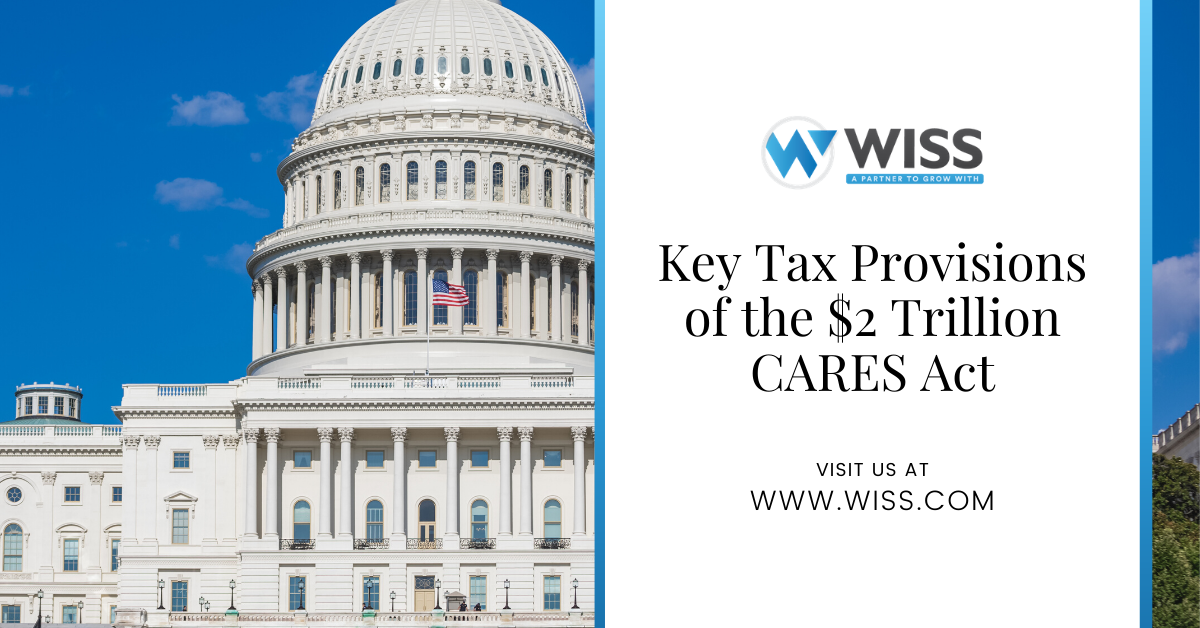Up until recently, you probably thought of “little” or (literally) “zero” when the word nil was used in a sentence. Over the past couple of months, however, the definition of this word has evolved into something much more meaningful. The term “NIL” is an acronym that stands for “name, image, and likeness” and is now the center of attention for college sports.
So why all the hype?
On July 1st, various state laws coupled with various NCAA rules changes went into effect and ultimately provided college athletes with new opportunities to make money by selling their name, image, and likeness. Prior to this, college athletes were not able to earn money on activities such as signing autographs, appearing in an advertisement, or providing social media shoutouts.
What’s to come?
Congress has failed to pass an across-the-board NIL law. This leaves the various stakeholders involved with a challenging environment, as no “one size fits all” rule currently exists. The NCAA, states, and individual colleges have begun to implement their own policies. However the end goal is uniformity across the collegiate landscape. Schools that are in states with NIL laws already on the books, are bound by those state statutes. Conversely, students that attend a school in a state that does not currently have a NIL law are not prohibited from earning compensation through NIL deals.
What does this mean for college athletes earning NIL compensation?
With a potentially significant increase in income for a college athlete, federal and state taxes will become significant as well. College athletes signing endorsement deals will likely become “independent contractors,” which is very common amongst professional athletes as well. As an independent contractor tax implications are not cut and dry like we often see with W-2 employees.
What are some of the major differences between a W-2 employee and an independent contractor?
As a W-2 employee, payroll taxes (federal and state withholdings, Social Security taxes, and Medicare taxes) are an afterthought; they are withheld by the employer regularly so when an employee gets paid the taxes aren’t an issue. As an independent contractor, payroll taxes are not withheld; as a result, the burden of paying those taxes shift to the independent contractor. Tax estimates are typically calculated and paid to the applicable taxing jurisdictions on a quarterly basis.
Another major difference between a W-2 employee and an independent contractor is that independent contractors can use “ordinary, necessary, and reasonable expenses” (such as agent fees) to offset income earned through NIL arrangements. A W-2 employee is not able to reduce wages by such expenses.

 Previous
Previous




